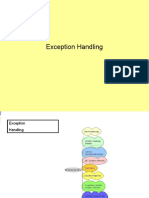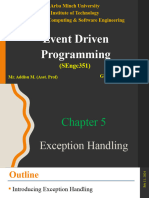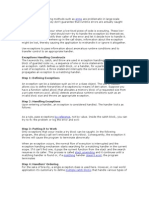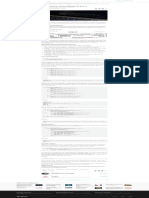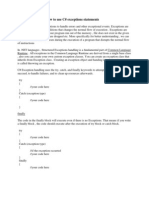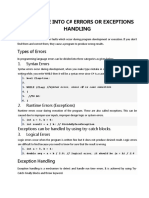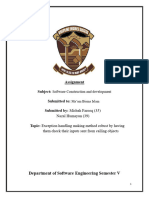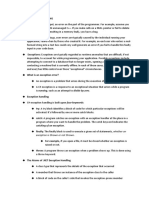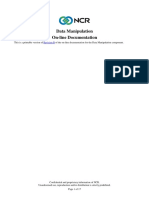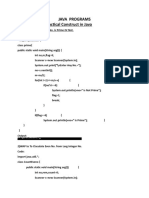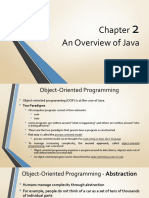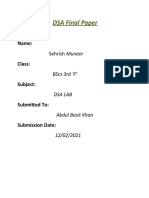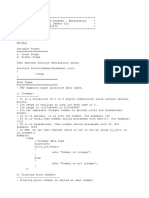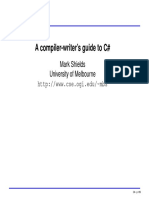0% found this document useful (0 votes)
5 views23 pagesChapter 4-Exception Handling
C# Exception Handling
Uploaded by
hello12001000Copyright
© © All Rights Reserved
We take content rights seriously. If you suspect this is your content, claim it here.
Available Formats
Download as PPSX, PDF, TXT or read online on Scribd
0% found this document useful (0 votes)
5 views23 pagesChapter 4-Exception Handling
C# Exception Handling
Uploaded by
hello12001000Copyright
© © All Rights Reserved
We take content rights seriously. If you suspect this is your content, claim it here.
Available Formats
Download as PPSX, PDF, TXT or read online on Scribd
/ 23




